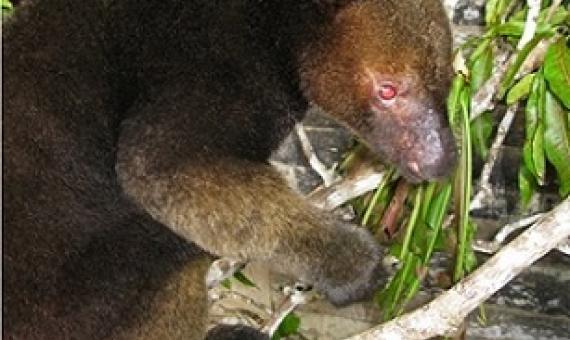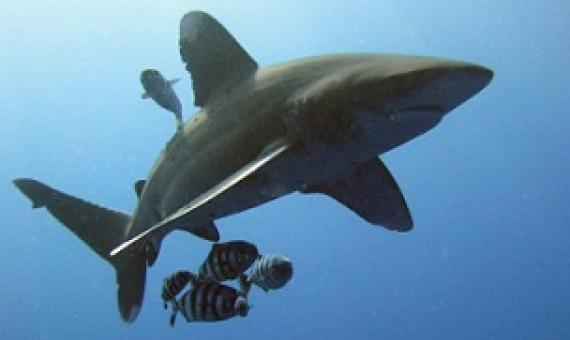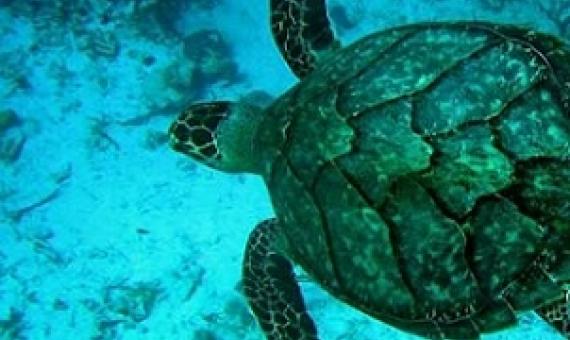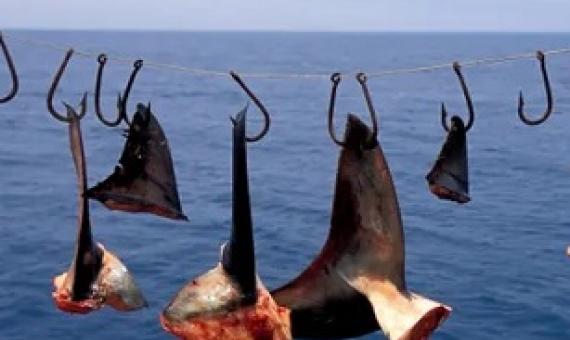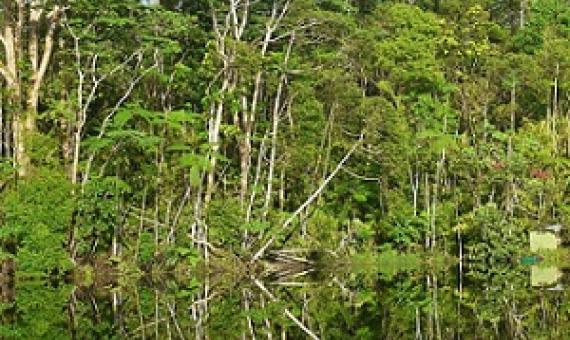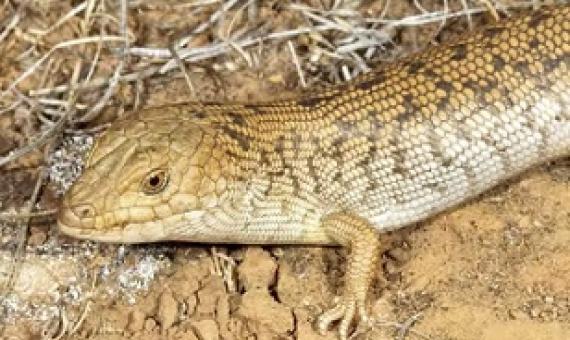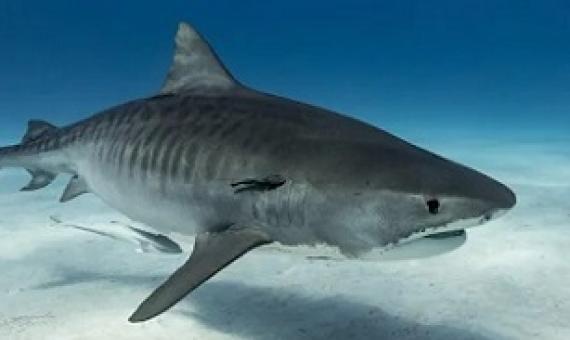Logging is threatening the Torricelli Mountains, a biodiversity-rich forested range in Papua New Guinea known for its tree kangaroos and other threatened species of birds and mammals...Satellite imagery shows the loss of forest and an increase in roadbuilding over the past two years.
Subject to overfishing, marine megafauna – such as sharks, rays, and turtles – are among the world’s most threatened species groups. Somewhat paradoxically, these species also have widespread appeal.
Villages that participate in the Save the Manumea campaign run by the Samoa Conservation Society appreciate the messages and are enforcing bans on hunting pigeons...The Save the Manumea campaign was launched in Apia in July 2019 by New Zealand’s Prime Minister Jacinda Ardern and Fiame Naomi Mata’
A staggering 57% of threatened species need targeted recovery actions to ensure their survival, new research has shown.
The Marine Stewardship Council, which certifies fisheries under its blue tick sustainability label, has ordered an independent investigation into allegations of shark finning on tuna vessels in certified Pacific fisheries...A report by the UK charity Shark Guardian with CNS Gl
Conservation of birds in fragmented landscapes requires protected areas
For successful conservation of biodiversity, it is vital to know whether protected areas in increasingly fragmented landscapes effectively safeguard species. However, how large habitat fragments must be, and what level of protection is required to sustain species, remains poorly known. We compiled a global dataset on almost 2000 bird species in 741 forest fragments varying in size and protection status, and show that protection is associated with higher bird occurrence, especially for threatened species. Protection becomes increasingly effective with increasing size of forest fragments.
Over-extraction of the environment, pollution of the environment, and illegal trading are all factors that could lead to the extinction of endangered species.
Over the last decade, the area protected for nature in Australia has shot up by almost half. Our national reserve system now covers 20% of the country. That’s a positive step for the thousands of species teetering on the edge of extinction. But it’s only a step.
Warming oceans due to the climate crisis are having a significant impact on the migratory patterns of tiger sharks, allowing the apex predator to expand its range, but also exposing them to new risks, a new study has warned.

